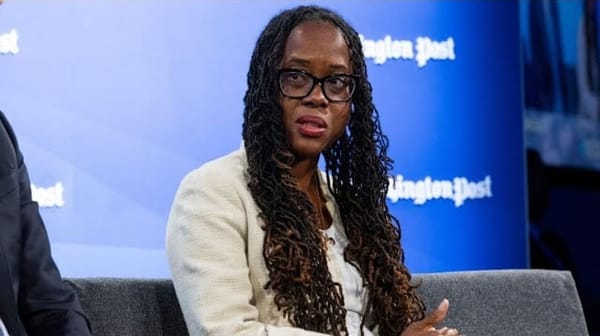States Looking to Ensure Participation in New BEAD Rounds
New BEAD rules require an additional, expedited round of bidding in every state.
Jake Neenan

WASHINGTON, June 12, 2025 – State broadband heads are focused on keeping participation in the new round of bidding mandated for the Broadband Equity, Access, and Deployment program.
The National Telecommunications and Information Administration handed down new rules Friday for the $42.45 billion program that require a new round of bidding for all states with a new scoring rubric, among other things.
“We could have a situation where we have less competition this time than we did last time. People are going to get out, they’re not going to want to participate and spend more money,” said Glen Howie, head of the Arkansas broadband office. “So my number one goal has been to keep everybody in the boat and keep morale up.”
Panel 1: How Are States Thinking About Reasonable Costs Now?
Can't see the video? Join the Breakfast Club to watch
Brian Allenby, COO of the Maine Connectivity Authority, and Joseph Le, deputy director of broadband development at the Kansas Department of Commerce, said they were also doing their best to keep providers on board.
They spoke at Broadband Breakfast's Speeding BEAD Summit in Washington.
“I think a lot of this will just be making sure there’s participation and that competition is there,” Le said. “Because we have been getting questions from our applicants – ‘I’m not sure I understand this. I’m not sure I want to do this again.’”
Providers who do participate will not have much time to submit their new applications. States were given 90 days from Friday to submit their final spending plans, a window that includes a new mapping effort to account for unlicensed fixed wireless coverage and a 14-day period for the public to comment on the plans.
Brightspeed, for example, applied for BEAD grants in 16 states, and other major ISPs qualified to bid in many states across their footprints. Simultaneously redoing many applications under a different set of rules might be a tall order, said Drew Garner, policy director at the Benton Institute for Broadband & Society.
Ironically, the time crunch was part of Allenby’s pitch to local providers. He said it would be difficult for a national provider to submit dozens of applications within a matter of weeks, and that capacity problems could prevent satellite and fixed wireless providers from scooping up an entire state.
“We’d rather see the bid come in, because we don’t know what lower cost options might be for us,” he said.
Le noted the new guidance allows providers to choose not to serve some locations in a project area, which he said should make it easier to apply. Some states allowed this already, but it wasn’t uniform, meaning in some places ISPs would have to bid to serve every location in a given geographic area or ignore it entirely.
He also pointed out that if projects are within 15 percent of the cost of the lowest qualifying bid, states can weigh other factors, including whether an applicant bid in the previous rounds.
“I think it is in applicants’ best interest to try to participate, because you never know,” he said.
Garner said he thought there was a chance priority projects, those given first consideration, might still be largely fiber. The Infrastructure Act defined them as meeting minimum speed and latency requirements and being able to scale to the demands of future technologies, something the Biden NTIA determined applied only to fiber.
Non-fiber applicants can now ask for a project to be considered with priority, meaning they could compete with fiber directly on cost, which has become more important. States can still determine ISPs don’t meet the requirements, although the NTIA said it would veto any decisions it disagrees with on that front.
“I do hang my hat on the scalability requirement, because priority broadband projects must be scalable for future technologies like 5G,” Garner said. “You need high capacity to do that, which fiber delivers.”
The broadband heads said they don’t expect the results of the new bidding round to be extremely different from the ones they have each already concluded, which resulted in mostly fiber winners. Allenby noted that, although fiber applicants were mostly competing amongst themselves, they already had an incentive to submit the cheapest proposals they could under the old rules.
“No state in their scoring had less than 40 percent of the points allocated to minimum BEAD outlay,” he said. “So this isn’t a total reversal of that priority, right?”
The session was moderated by Patience Haggin, a reporter with The Wall Street Journal.










